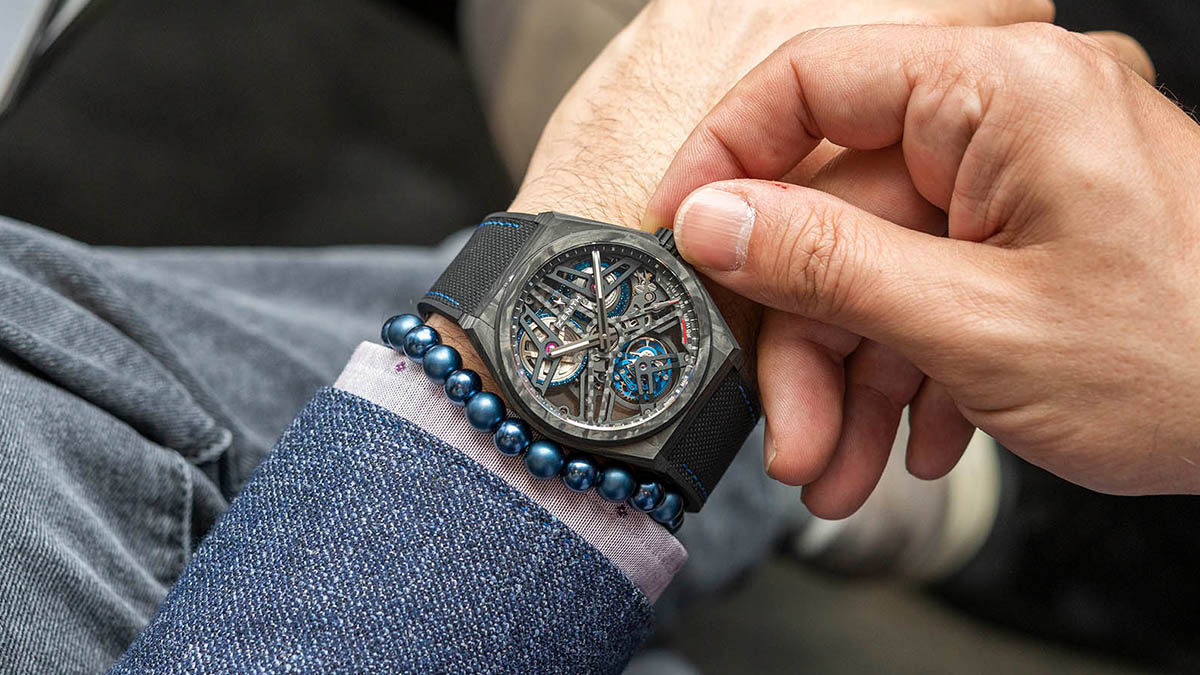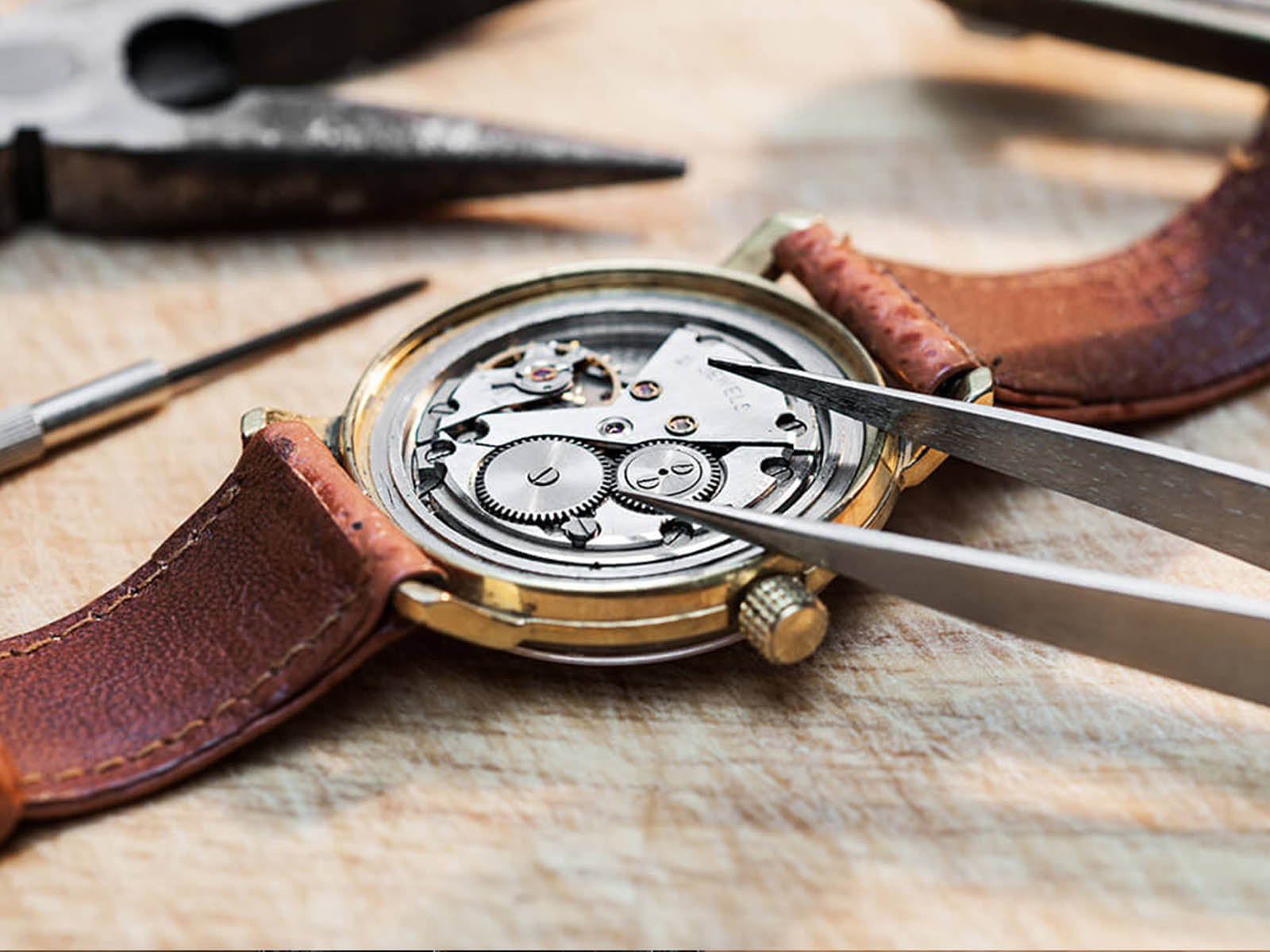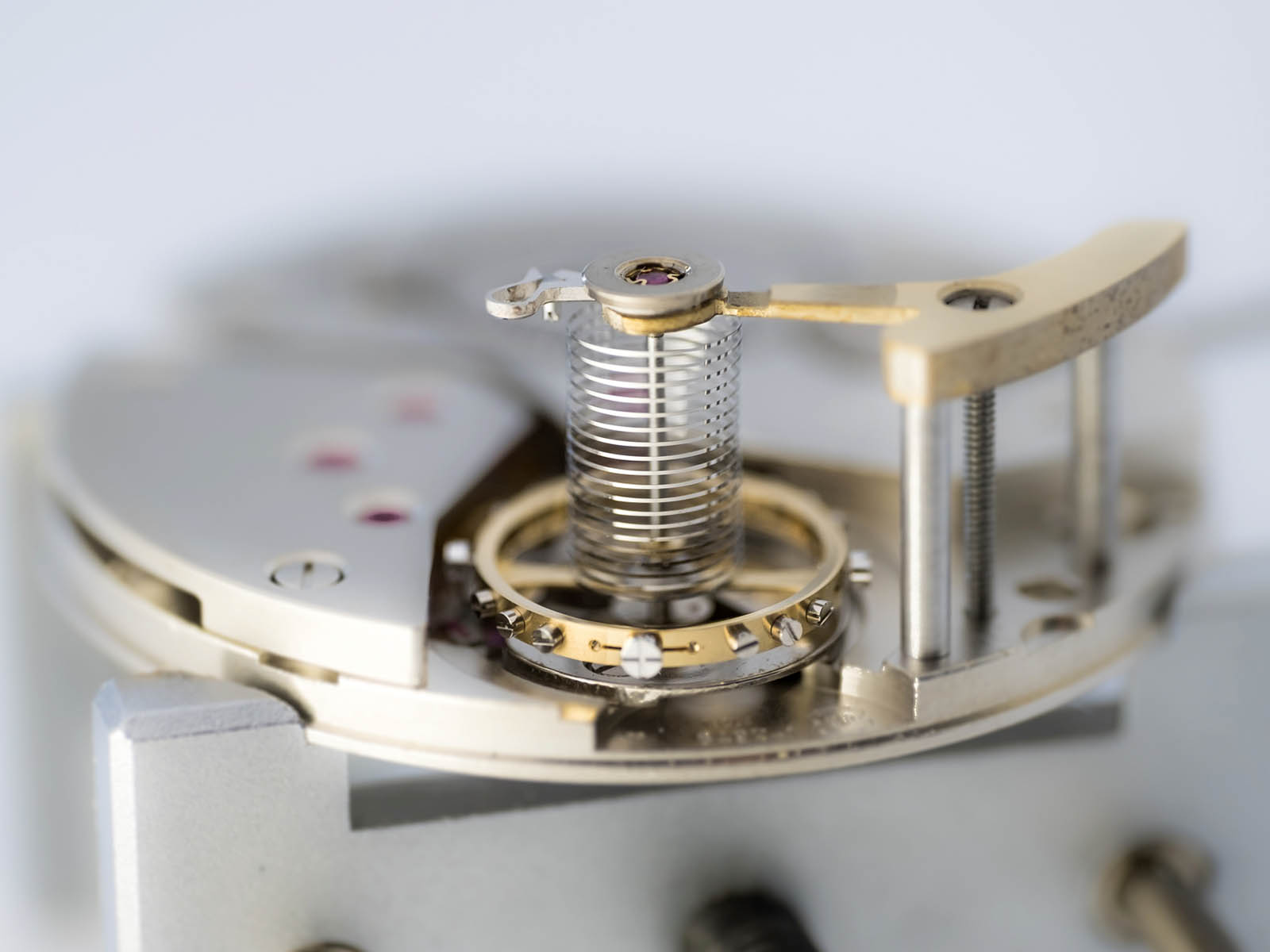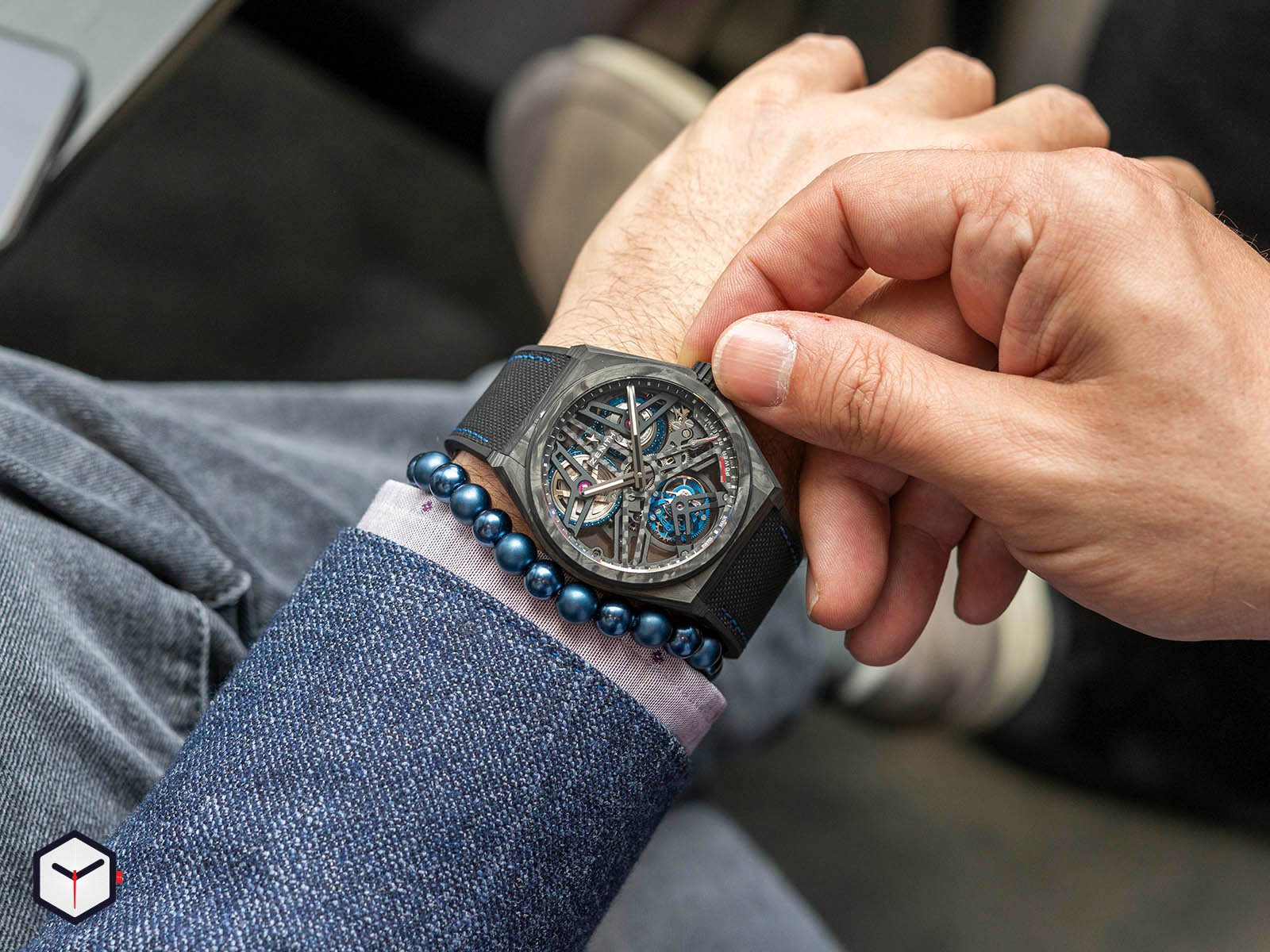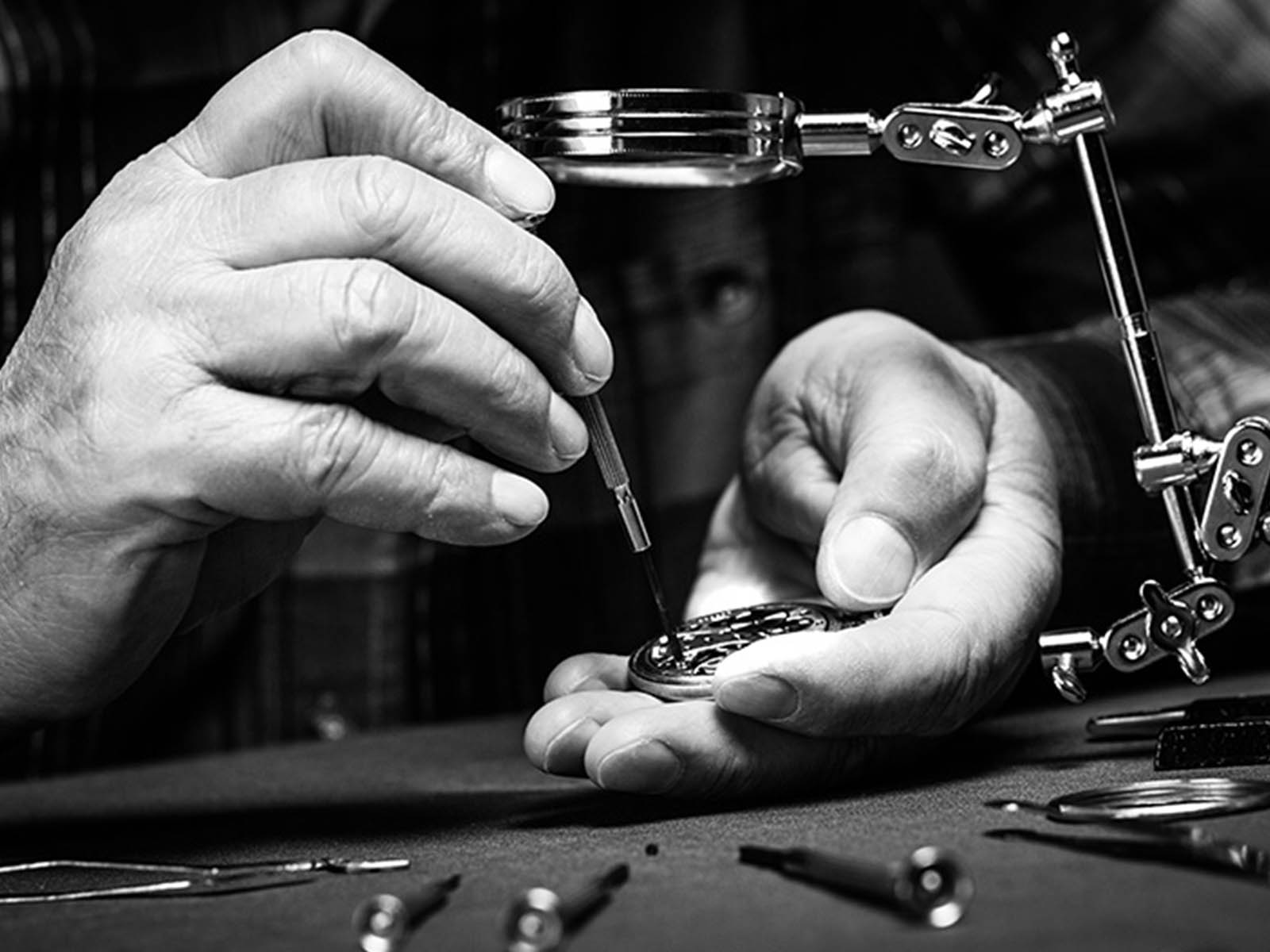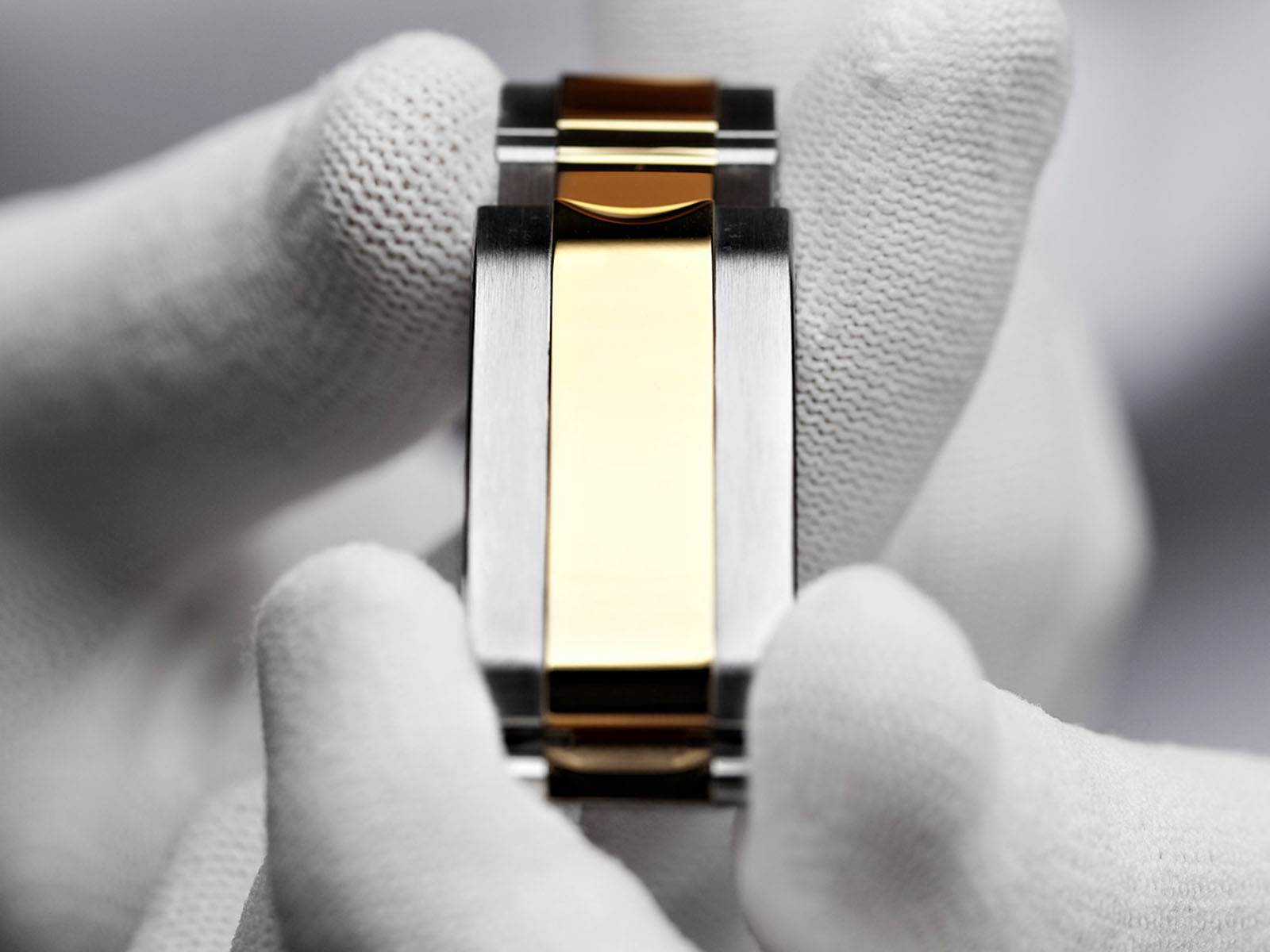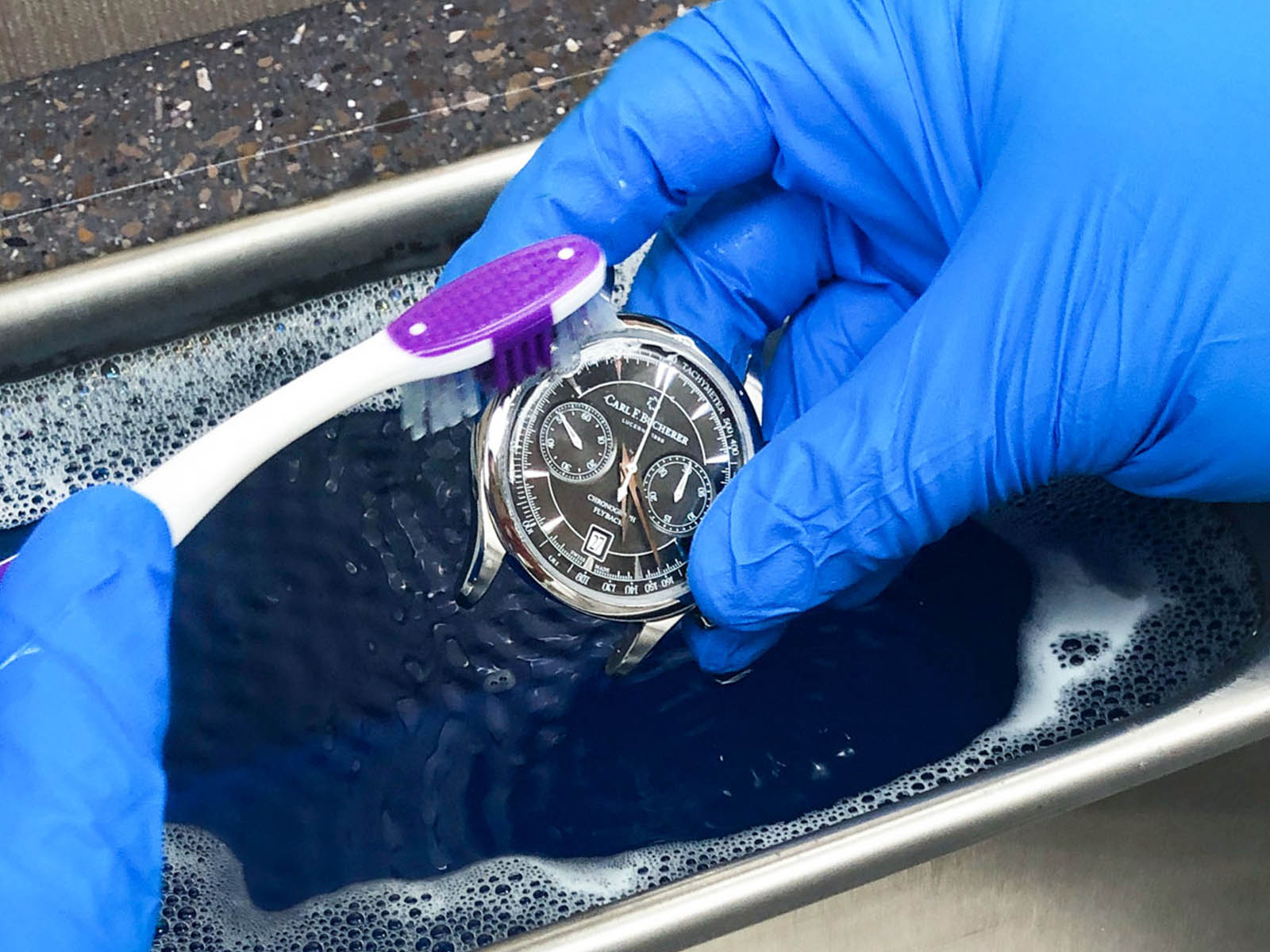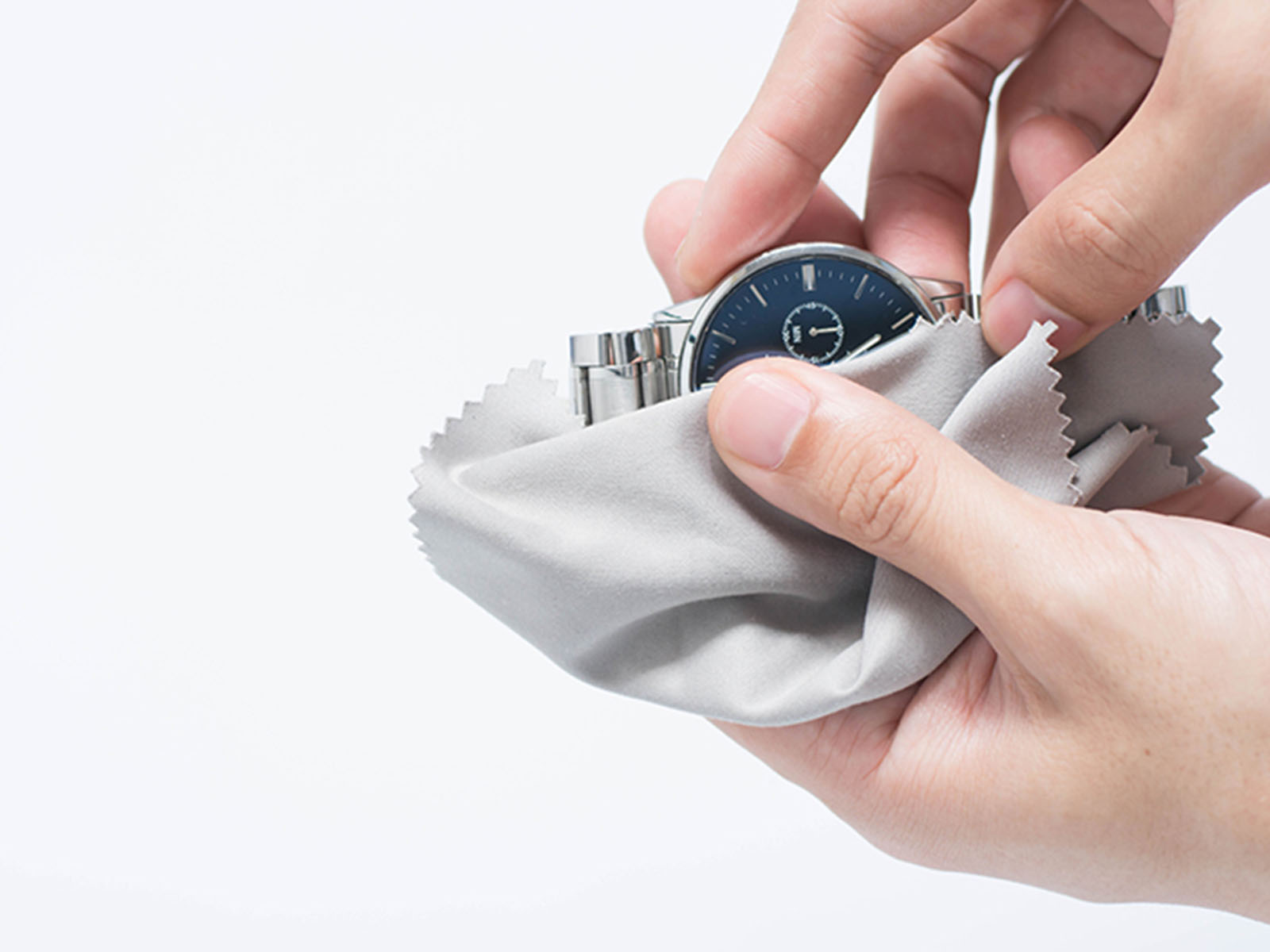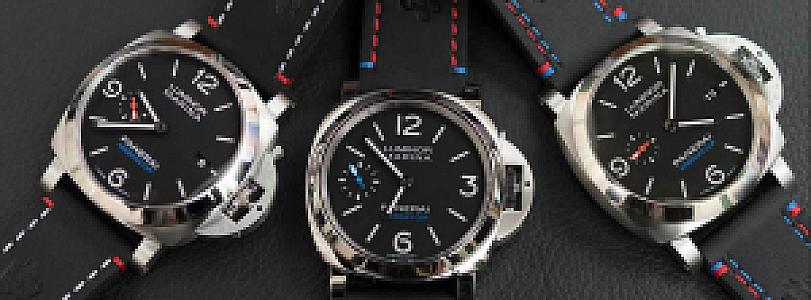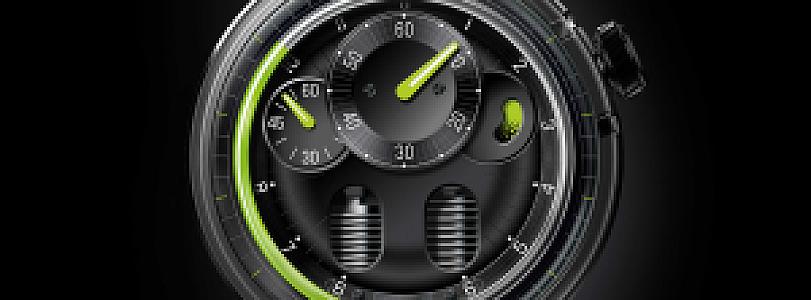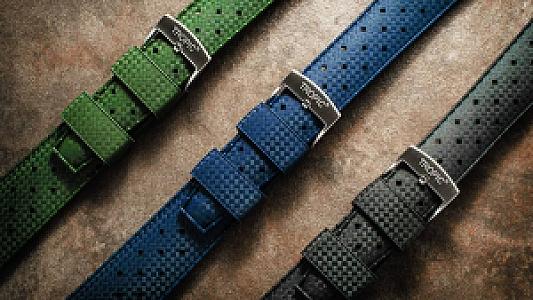We have gathered together the issues that we need to pay attention to use our mechanical watches for many years without any problems and to keep them in the best possible condition both mechanically and cosmetically.
Regardless of whether they are automatic or manual winding, mechanical watches basically work with the same logic. Most hand-wound watches cannot be wound anymore after the mainspring reaches maximum tension. So, do not try forcing it. Some manual winding and all automatic watches have special systems that do not transfer energy to the mainspring if you turn the crown or spin rotor after maximum tension. This is a precaution designed to prevent you from damaging the watch.
Whenever possible, do not wind your automatic watch manually. Each turn of the crown of the manual winding watch is designed and manufactured to put a minimum load on the watch's drivetrain. In automatic watches, each turn of the crown will wind the main mainspring much more than in a hand-wound watch. This is a must for easy winding with the lightweight structure of the rotor. You can manually wind your automatic watch when it’s in a fully un-wound state. However, for a watch, you use regularly, avoid periodic manual winding.
If your watch has certain complications, follow the instructions specific to those features. For example, avoid setting the date and day complication around midnight. Trying to adjust in this timeframe may put an extra load on the gears responsible for turning the date and day discs. The same is true for perpetual calendar watches. Some special movements either have specific equipment that will not allow setting in certain timeframes, or they allow adjustment anytime due to their architecture.
Keep your watch away from strong vibrations, shocks, and extreme heat/cold. Watches produced with today's technology have a certain level of impact resistance, but sudden shocks and constant vibrations can damage not only the movement but also the rest of the watch. Due to vibration, the indices on the dial may move, if any, worn paints on the dial and hands may crack and come off, and pins or screws may loosen. Even worse, the parts that make up the movement can be damaged. Extremely hot or cold can cause damage to the components and change the viscosity of the oils inside. Irreversible damage may occur for the watches left in a glove box or exposed to direct sunlight on a towel.
Stay away from magnetic fields. Speakers in particular can be a threat to your watch. Most modern watches have a certain level of magnetic field resistance. The parts that produce the movements are carefully selected so that they are not magnetized, but this does not mean the same magnetic resistance rating for every brand and model. High magnetism can permanently affect the timekeeping of your watch until it is demagnetized.
Do not adjust or wind your watch while it is on your wrist. When the crown is in the open position, the cam attached to the crown can be bent with a reverse flick of your wrist or finger. If you leave the crown open after the time setting, water may enter your watch. Please note that the water resistance ratings of the watches are valid when the crown is in the closed position.
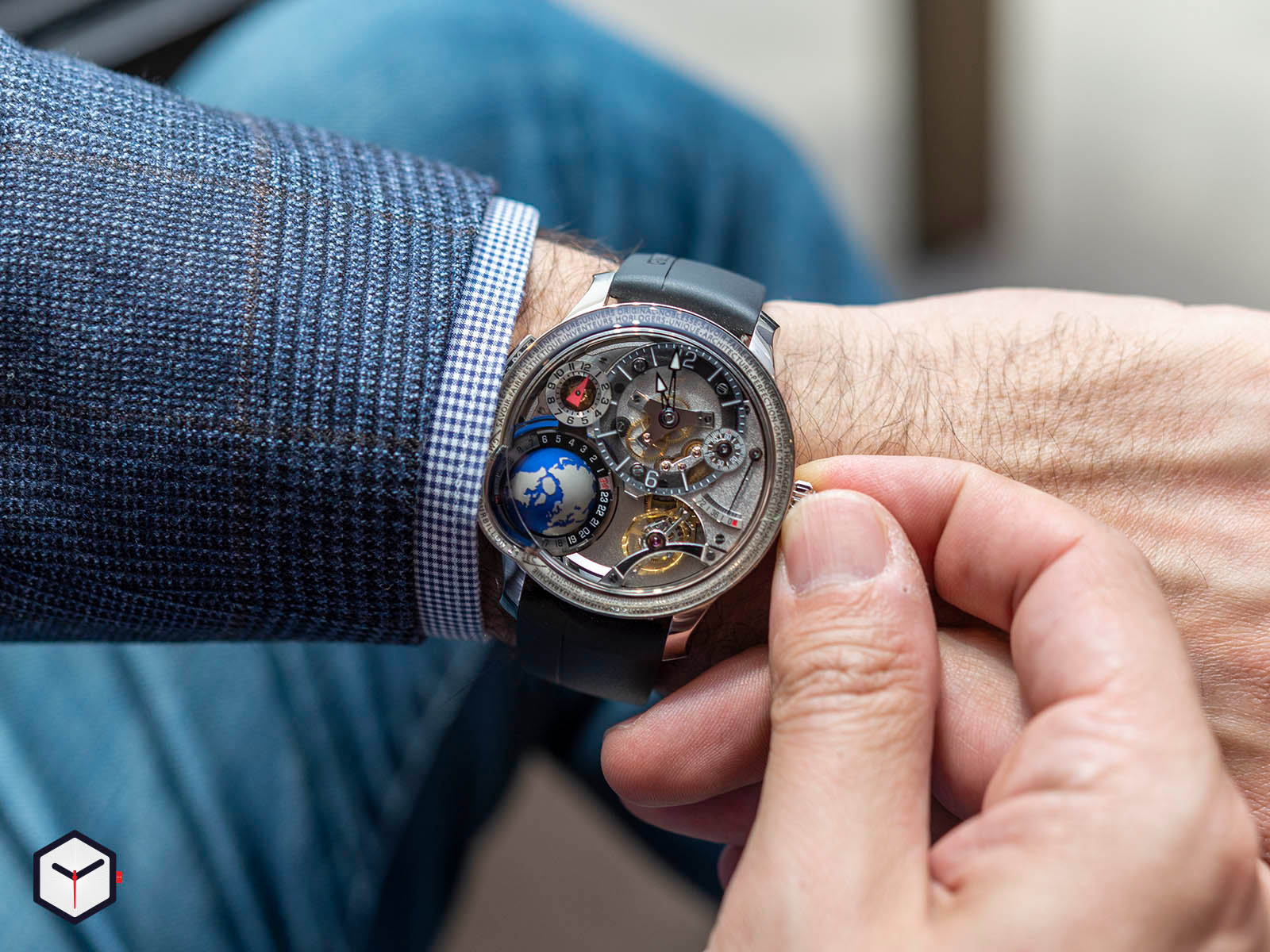
You should also pay attention to the conditions under which you store your watch when you are not using it. Many users prefer to keep their precious watches in bank safes. Bank safes are often very humid environments. Such high humidity can cause oxidation of the metals in your watch. May damage the function of fluids lubricating the movement. In this case, you can use moisture-absorbing tablets or other materials that will absorb moisture to avoid it.
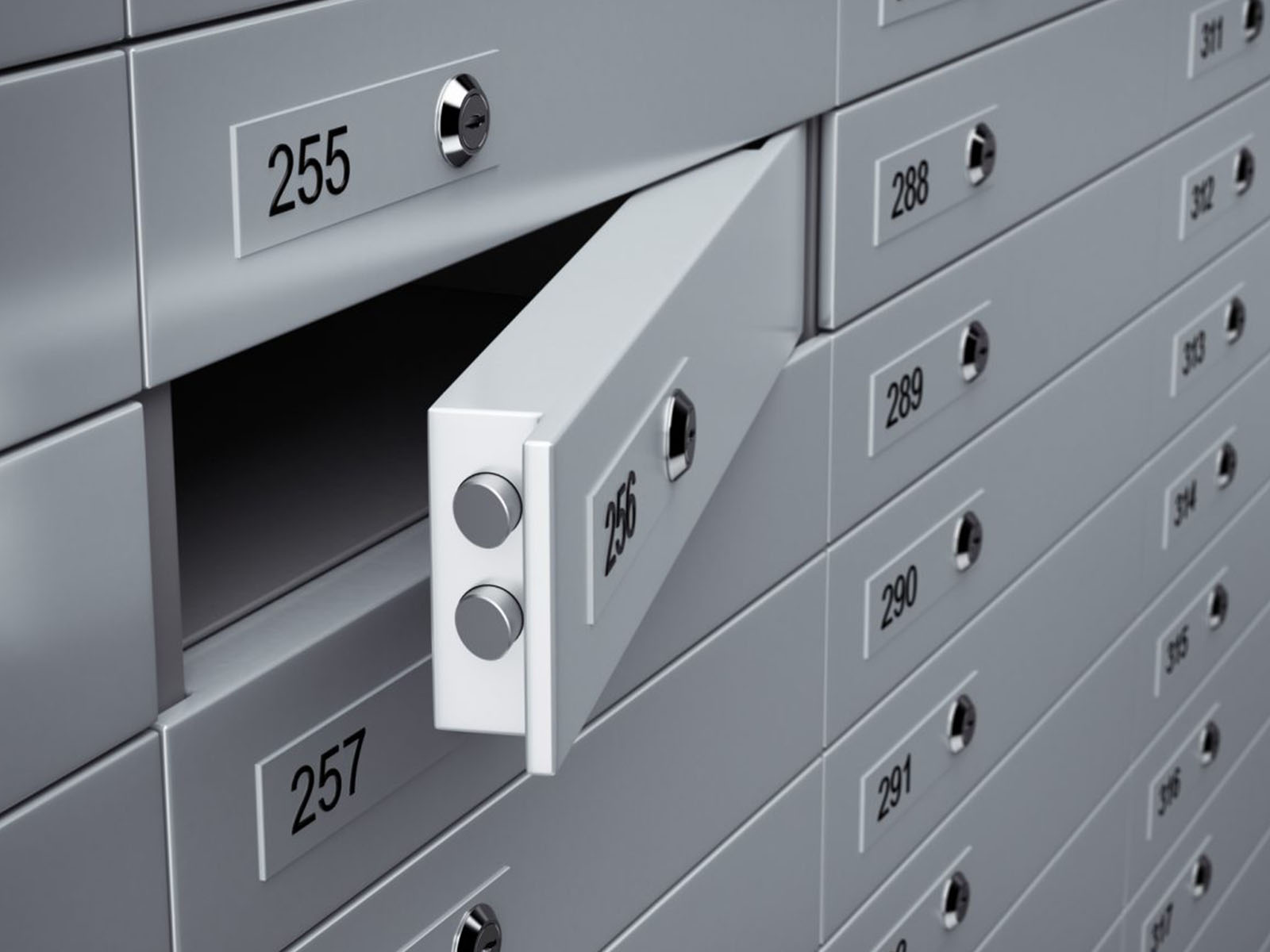
It is especially beneficial for motorcycle users to be careful while riding with mechanical watches. Especially old watches and motorcycles with high handlebar vibration may not be a good pair. In the long run, high vibration can damage your watch.
When carrying your watch, it is useful to put an impact-absorbing layer between the case back and the clasp, especially for models with bracelets. Otherwise, the clasp may scratch the case back of your watch or the inside of the bracelet.
Pay attention to the materials you use when cleaning your watch. If your watch has been exposed to salt water, wash it with fresh water as soon as possible. While cleaning your watches, you use an old toothbrush and a small amount of soap. Detergents and similar strong chemicals can damage both the gaskets and the adhesives applied to the screws holding your bracelet together.
It is a good idea to wash your watch (if it is a waterproof model) before wiping it. This will remove dust particles from the watch. Thus, you can prevent the grains, which can easily scratch glossy surfaces, from damaging your watch during the wiping process.
